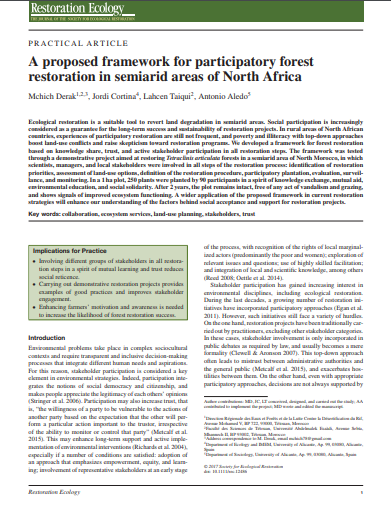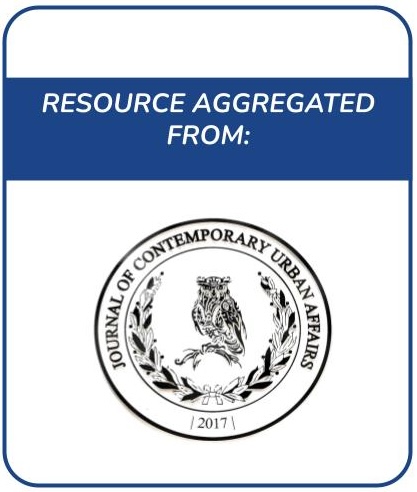Forest Policy for Jamaica 2017.
The Vision of the Forest Policy is that: by 2062, Jamaica’s forests and its biodiversity are sufficiently restored and sustainably managed, so once again the island can adequately be described as “the land of wood and water”, capable of meeting the social, economic and ecological needs of current and future generations.








